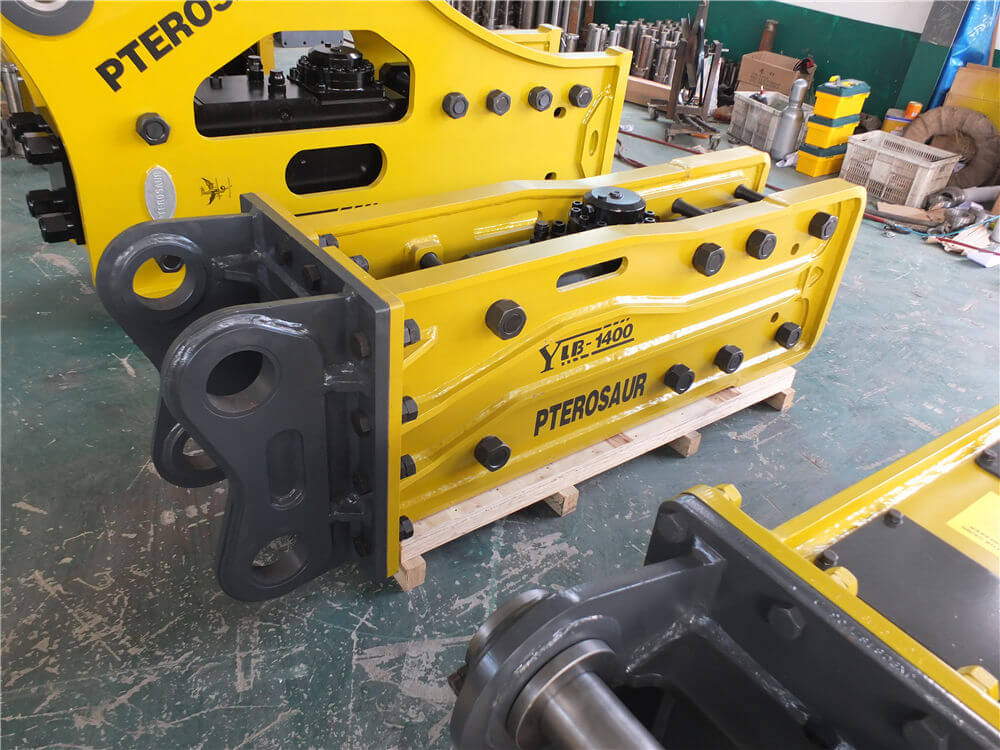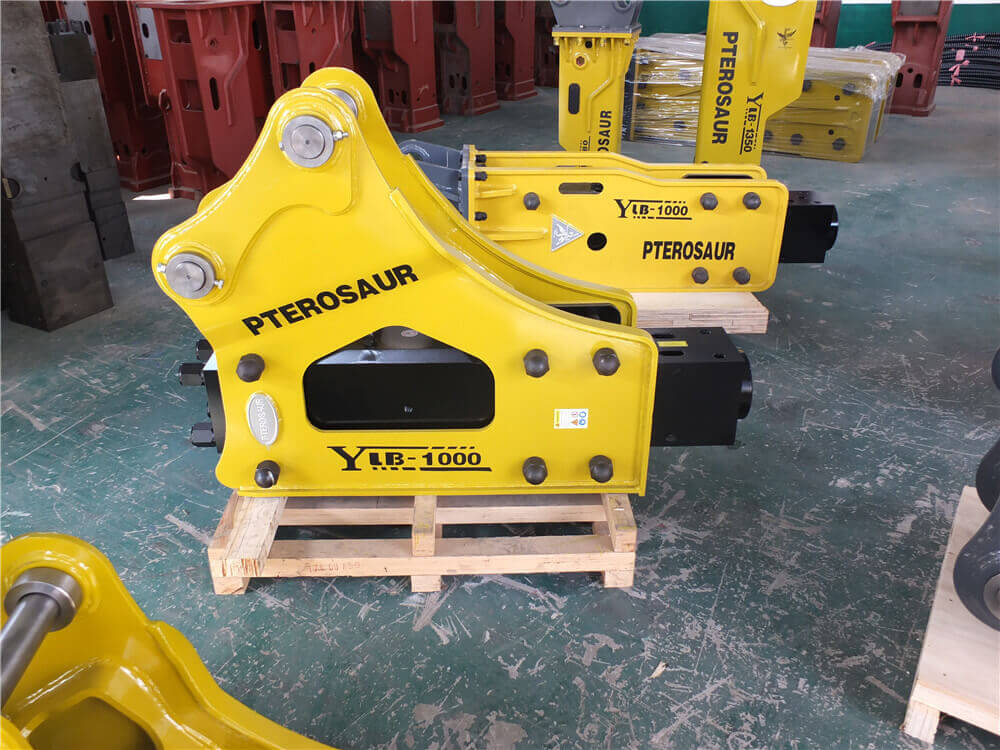Understanding Hydraulic Breaker Productivity Rates
Hydraulic breakers are essential tools in the construction and demolition industries, known for their effectiveness in breaking rock and concrete. A critical aspect of utilizing hydraulic breakers successfully is understanding their productivity rates. This article explores the concept of hydraulic breaker productivity rates, how they are calculated, and factors influencing their performance.
What is Hydraulic Breaker Productivity Rate?
The hydraulic breaker productivity rate refers to the amount of stone or rock that a hydraulic breaker can break in a specified time frame, typically measured in cubic meters per hour (m³/hr). This metric is vital for contractors and project managers when planning excavation or demolition tasks, as it directly impacts project timelines and resource allocation.
Calculating Productivity Rates
The formula for calculating the productivity rate of a hydraulic breaker can vary slightly based on specific conditions and equipment used, but it generally considers the volume of material broken over time. Understanding your hydraulic system’s capabilities is crucial when determining the right size and model of breaker to maximize efficiency.
Factors Influencing Productivity Rates
Several factors can affect the productivity rates of hydraulic breakers, including:
-
Impact Energy: The energy delivered by the breaker directly influences its ability to break materials. Higher impact energy typically results in greater productivity rates.
-
Blow Rate: This refers to the number of blows the breaker delivers per minute. A higher blow rate can lead to increased productivity, provided the impact energy is sufficient.
-
Rock Formation: The type and hardness of the rock or material being broken significantly affect productivity. Softer materials may require less energy and time to break compared to harder, more resistant formations.
-
Tool and Carrier Efficiency: The efficiency of the hydraulic breaker tool and the carrier machine also play a vital role. Proper maintenance and compatibility between the breaker and the carrier can enhance productivity.
Industry Guidelines
Industry guidelines suggest evaluating productivity rates based on cubic yards per 8-hour shift to help select the appropriate breaker size. For example, production rates for some hydraulic breakers can reach up to 3,000 square yards per hour under optimal conditions. However, actual rates can vary based on the aforementioned factors.
Selecting the Right Hydraulic Breaker
Choosing the right hydraulic breaker for a specific project involves a careful analysis of the required productivity rate, the type of material being worked on, and the capabilities of the existing hydraulic system. It is recommended to conduct thorough research and consult hydraulic breaker owner manuals to understand the specifications and recommendations for various models.
Conclusion
Hydraulic breaker productivity rates are a fundamental consideration in excavation and demolition projects. By understanding the factors that influence these rates and selecting the appropriate equipment, contractors can ensure efficient and effective operation, ultimately leading to successful project completion. For those involved in heavy construction, familiarity with hydraulic breaker technology and productivity metrics can significantly enhance operational success.




































